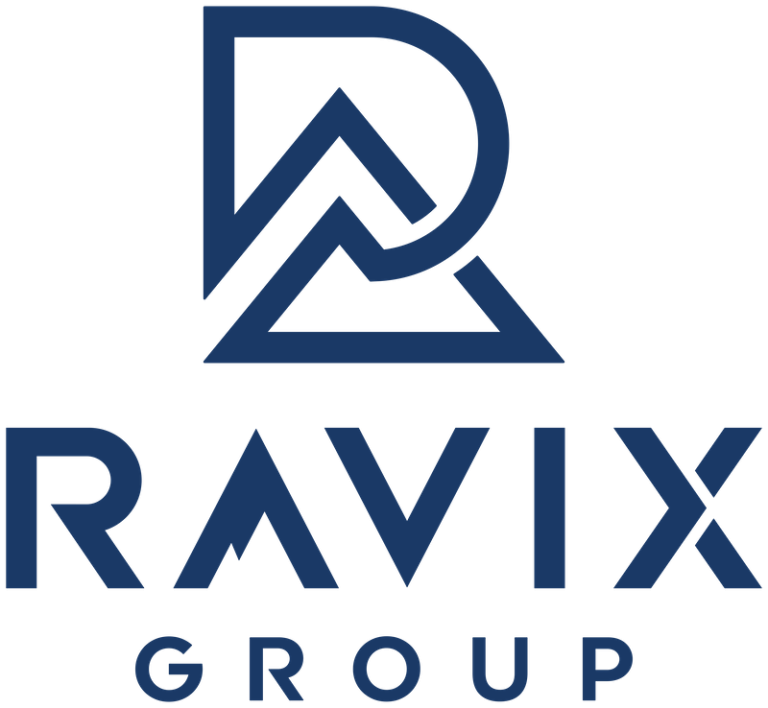As a Chief Restructuring Officer, I’ve seen many startups face the harsh reality of extended sales cycles, especially in challenging market conditions. Understand this: the strategies that brought you here may not get you through the next cycle. In times of economic uncertainty, both large and small companies tend to deliberate longer before making purchasing decisions, affecting startups the most. This means that your sales cycle could get significantly longer. Acknowledging and preparing for this change is crucial for survival and growth.
Current market conditions have led to increased caution among businesses, resulting in longer sales cycles. Larger corporations may have more complex decision-making processes, while smaller firms might be re-evaluating their spending priorities. For startups, particularly those still striving for product-market fit or fundraising, this can mean facing longer waits for deal closures and revenue realization. Startups should brace for extended negotiations and longer lead times. This means managing business cash flow more meticulously and being patient in building relationships with potential clients. The key is to anticipate delays and plan accordingly.
Measuring the Change Using Analysis
Using a waterfall analysis to understand the impact of a lengthening sales cycle in a startup involves a step-by-step approach:
1. Identify Key Stages of the Sales Cycle: Break down your sales process into distinct stages – from initial contact to closing the deal.
2. Baseline Measurement: Record the average duration each stage of the sales cycle currently takes. This establishes a baseline for comparison.
3. Monitor Changes: As market conditions shift, regularly monitor and record the time each stage now takes. Look for stages where delays are becoming more pronounced.
4. Visualize with Waterfall Charts: Use waterfall charts to visually represent how each stage of the sales cycle contributes to the overall lengthening. This can help identify specific stages where delays occur.
5. Analyze Causes: For stages that show significant lengthening, investigate the underlying causes. Is it due to more extended decision-making by clients, increased competition, or internal inefficiencies?
6. Strategize and Implement Solutions: Once problem areas are identified, develop strategies to address these. This might involve improving internal processes, enhancing customer communication, or adapting your sales strategies. See below for some common changes that could help your startup shift.
7. Review and Adjust: Continually review the impact of your strategies on the sales cycle. Adjust your approach as needed to optimize the sales process.
Enhance Your Value Proposition
Articulate the Uniqueness: Your product or service needs to stand out. Clearly define what makes it unique – is it faster, more cost-effective, more innovative? Highlight these aspects in your marketing and sales pitches.
Demonstrate ROI: Prospective clients want to know the return on their investment. Provide concrete data or case studies that showcase how your product or service has positively impacted other businesses. This tangible evidence can significantly shorten decision-making times.
Personalize the Sales Process Using Smart Data
Harness Data for Insights: In today’s digital age, data is a goldmine for personalizing sales strategies. Utilize customer data to gain insights into their preferences, behaviors, and pain points. Tools like CRM software can help you analyze this data effectively.
Segment Your Audience: Break down your customer base into segments based on various criteria like industry, company size, or buying behavior. This allows you to tailor your communication and sales pitches to resonate with each specific group. Use content and “lead magnets” within your campaigns for a better conversion.
Customized Communication: Use the insights from data analysis to personalize your interactions. This could be as simple as referencing a prospect’s recent business achievement in an email or as complex as customizing a product demo to address specific challenges they face. Utilize your CRM fields in a smart way that can leverage more personalized communication that speaks directly to your ICP’s problem. One startup I’ve worked with used CRM data used competitive research to understand their prospect’s problem, and created a very targeted campaign, knowing that if their ICP used this particular competitor, they had that specific problem.
Predictive Analytics: Implement predictive analytics to anticipate customer needs. This proactive approach can impress prospects and demonstrate your commitment to meeting their unique requirements.
Feedback Loop: Establish a feedback loop where customer responses and interactions continually refine your data-driven personalization strategy. The more you learn about your customers, the more effectively you can tailor your sales approach.
By personalizing the sales process using smart data, you can create more meaningful connections with potential clients, increasing the likelihood of conversion and fostering long-term customer relationships.
Streamlining Your Sales Process
Streamlining your sales process can significantly improve efficiency, potentially leading to an increase in leads and revenue. Implementing best practices could result in a 15-30% increase in sales efficiency, according to industry benchmarks.
Simplify the Sales Stages: Review and simplify your sales stages. Remove unnecessary steps and ensure each stage is clear and concise. This clarity can reduce the sales cycle length and improve lead conversion rates.
Automate Routine Tasks: Use automation tools for routine tasks like data entry, follow-up emails, and lead qualification. Automation can free up to 20-30% of sales reps’ time, allowing them to focus on closing deals. A/B testing templates needs to be a focus.
Use a CRM System: I’m surprised by how many startups make it to Series A using Google sheets. Implement a Customer Relationship Management (CRM) system to track interactions with prospects and customers. A well-managed CRM can increase sales by up to 29% (as per Salesforce)
Train Your Team: Regular training sessions for your sales team on best practices and tool usage can improve their efficiency and effectiveness. Continuous training can lead to a 50% higher net sales per employee.
Monitor and Analyze Data: Regularly review your sales data to identify trends, bottlenecks, and areas of improvement. Data-driven decisions can lead to a 5-10% increase in revenue.
Refine Your Pitch: Continuously refine your sales pitch to make it more compelling and customer-centric. A strong pitch can increase conversion rates by up to 20%.
By streamlining your sales process and focusing on these key areas, you can increase the efficiency of your sales team, resulting in more leads and higher revenue.
Leverage Customer Testimonials
Showcase Success Stories: Customer testimonials serve as social proof. Sharing stories of how your product or service has helped other businesses can significantly influence potential clients. Video testimonials are becoming popular because they can be more engaging and authentic. Consider creating short video clips where clients speak about their positive experiences.
Stay Agile
Be Responsive to feedback by using customer feedback to improve your product or service. Showing that you are responsive to customer needs can create a positive impression. Stay informed about industry trends and be ready to pivot your strategies accordingly. Agility in your approach can set you apart from competitors. Extended sales cycles require astute cash flow management. Be proactive in forecasting and planning your finances. Conduct regular business cash flow analysis, monitor your burn rate closely, and adjust your operational strategies to maintain a healthy runway.
Navigating through a longer sales cycle requires strategic adjustments and patience. It’s about understanding the market dynamics, refining your approach, and staying resilient in the face of delays. Remember, this is a marathon, not a sprint. If you’re grappling with the challenges of a longer sales cycle and need strategic advice on managing your startup through these tough times, reach out to us at Ravix Group for a free consultation. Our team of seasoned fractional CFOs and accountants specializes in guiding startups through complex turnarounds and is well-equipped to help you adapt and thrive.



